Dog grooming we will discuss some tips and tricks for keeping your dog looking and feeling their best through regular grooming practices.
Dog grooming is an essential aspect of pet care that ensures your dog stays clean, healthy, and comfortable. Proper grooming not only enhances your dog’s appearance but also contributes to their overall well-being. This comprehensive guide will delve into the importance of dog grooming, the various grooming tasks, and provide practical tips for grooming different types of dogs. Additionally, we will answer some frequently asked questions about dog grooming and highlight key points to remember.
In addition to brushing and bathing, proper dog grooming includes trimming nails, cleaning ears, and maintaining dental hygiene. Neglecting these aspects of grooming can lead to discomfort for your dog and potentially cause health problems in the long run. With the right tools and techniques, you can easily incorporate grooming into your dog’s care routine and ensure that they stay clean, healthy, and happy

- The Importance of Dog Grooming
- Essential Dog Grooming Tasks
- Grooming Different Types of Dogs
- Practical Grooming Tips
The Importance of Dog Grooming
Dog grooming is an important aspect of keeping your dog healthy and happy. It involves not only making sure your dog looks good, but also maintaining their physical and mental well-being.
One of the main reasons why grooming is crucial for dogs is that it helps prevent health issues. Regular grooming allows you to check for any abnormalities on your dog’s skin, such as lumps, bumps, or parasites like fleas and ticks. By catching these issues early, you can prevent them from becoming more serious and potentially causing discomfort or illness for your dog.
Dog grooming is crucial for several reasons:
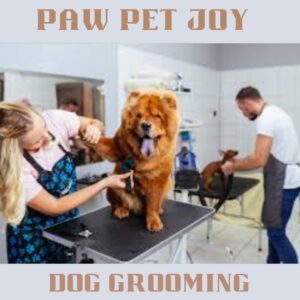
- Health Maintenance: Regular grooming helps prevent various health issues such as skin infections, matting, and parasite infestations. It allows you to check for signs of abnormalities or health problems that might require veterinary attention.
- Comfort and Hygiene: Grooming keeps your dog comfortable by removing excess fur, dirt, and debris. It also helps in managing shedding and keeping your home cleaner.
- Appearance: A well-groomed dog looks better and feels better. Proper grooming enhances the natural beauty of your dog’s coat and makes them more pleasant to be around.
- Bonding Time: Grooming sessions provide an excellent opportunity to bond with your dog. It’s a time when you can show affection and build trust.
Essential Dog Grooming Tasks
When it comes to keeping your dog clean and healthy, there are several essential dog grooming tasks that should be a regular part of your routine. These tasks not only help to maintain your dog’s appearance, but also contribute to their overall well-being.
Brushing
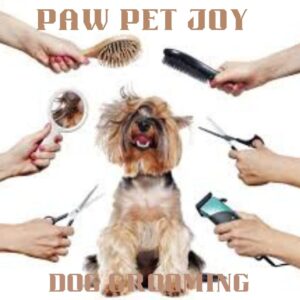
One of the most important grooming tasks for your dog is regular brushing. Brushing your dog’s coat helps to remove loose hair, dirt, and debris, as well as prevent tangles and mats from forming. The frequency of brushing will depend on your dog’s breed and coat type, but most dogs benefit from a good brush at least a few times a week. Not only does brushing keep your dog’s coat looking shiny and healthy, but it also helps to distribute natural oils and promote healthy skin.
Brushing your dog’s coat is one of the most fundamental grooming tasks. It helps remove loose fur, dirt, and prevents matting. The frequency and type of brushing depend on your dog’s coat type:
Short-haired dogs: Brushing once a week is usually sufficient.
- Medium to long-haired dogs: These dogs may require brushing several times a week to prevent tangles and matting.
- Double-coated breeds: Dogs like Huskies and German Shepherds need regular brushing to manage shedding.
Bathing
Regular baths are also an essential grooming task for your dog. Bathing helps to remove dirt, odors, and bacteria from your dog’s skin and coat, keeping them clean and fresh. The frequency of baths will depend on your dog’s lifestyle and coat type, but most dogs benefit from a bath every 4-6 weeks. When bathing your dog, be sure to use a gentle dog shampoo that is specifically formulated for their skin and coat. Avoid using human shampoos, as they can be too harsh for your dog’s sensitive skin.
Bathing is necessary to keep your dog’s skin and coat clean. However, over-bathing can strip natural oils from the coat, so it’s essential to strike a balance:
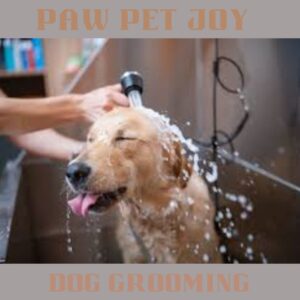
- Frequency: Generally, a bath every 4-6 weeks is adequate, but this can vary based on your dog’s activity level and coat type.
- Products: Use dog-specific shampoos and conditioners to avoid skin irritation.
Nail Trimming
Important grooming task for your dog is nail trimming. Overgrown nails can cause discomfort and make it difficult for your dog to walk properly. Regular nail trims help to prevent nails from becoming too long and causing issues. If you are uncomfortable trimming your dogs nails yourself, you can always take them to a professional groomer who can do it for you. Be sure to also check your dog’s nails regularly for any signs of cracking, splitting, or infection.
Overgrown nails can cause discomfort and health issues for your dog. Regular nail trimming is crucial:
- Frequency: Most dogs need their nails trimmed every 3-4 weeks.
- Tools: Use a dog-specific nail clipper or grinder and be cautious to avoid cutting the quick, which can cause pain and bleeding.
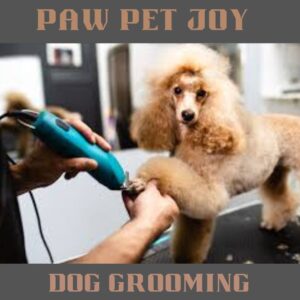
Ear Cleaning
Cleaning your dog’s ears is another essential grooming task that should not be overlooked. Dog ears are prone to wax buildup, dirt, and even infections if not properly maintained. Be sure to check your dog’s ears regularly for any signs of redness, swelling, or discharge. Clean your dog’s ears with a damp cloth or a gentle ear cleaning solution, being careful not to insert anything into their ear canal. If you notice any unusual odors, discharge, or signs of discomfort, be sure to consult your veterinarian.
Regular ear cleaning helps prevent infections and removes dirt and wax buildup:
- Frequency: Clean your dog’s ears every 1-2 weeks or as needed.
- Products: Use a vet-recommended ear cleaning solution.
Teeth Brushing
Dental care is an often overlooked grooming task for dogs. Just like humans, dogs can develop dental issues if their teeth are not properly cared for. Be sure to brush your dog’s teeth regularly with a dog-friendly toothpaste and toothbrush. You can also offer dental chews or toys to help keep your dog’s teeth clean and healthy. Regular dental care can help prevent bad breath, tartar buildup, and gum disease in your furry friend.
Dental hygiene is often overlooked but is vital for your dog’s overall health:
- Frequency: Aim to brush your dog’s teeth at least 2-3 times a week.
- Tools: Use a dog-specific toothbrush and toothpaste.
Haircuts and Trimming
Some breeds require regular haircuts to maintain their coat health and appearance:
- Frequency: This varies widely depending on the breed and coat type. Some dogs need haircuts every 4-8 weeks.
- Tools: Invest in quality grooming scissors and clippers.
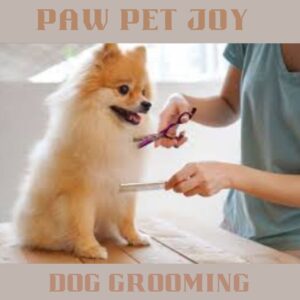
Grooming Different Types of Dogs
Grooming different types of dogs requires taking into consideration the specific needs and characteristics of each breed. Each dog breed has its own unique coat type, grooming requirements, and potential health issues to consider.
Different breeds and coat types have specific grooming needs. Here are some tips for grooming various types of dogs:
Short-Haired Breeds
Dogs with short coats may only need occasional brushing to remove loose hair and dirt. However, regular bathing is still important to keep their skin and coat clean and healthy. Be sure to use a dog-specific shampoo and conditioner to avoid drying out their skin.
Short-haired dogs like Beagles and Boxers are relatively low-maintenance, but they still require regular grooming to keep their coat healthy:
- Brushing: Use a rubber brush or grooming mitt once a week to remove loose hair and distribute natural oils.
- Bathing: Bathe every 4-6 weeks or as needed.
Long-Haired Breeds
Long, silky coats such as Maltese or Yorkshire Terriers, regular grooming is essential to prevent matting and tangles. These dogs may require daily brushing to keep their coats looking healthy and shiny. It’s also important to regularly trim their hair to prevent it from becoming too long and unruly.
Long-haired dogs like Shih Tzu’s and Yorkshire Terriers require more frequent grooming to prevent tangles and matting:
- Brushing: Brush daily using a slicker brush and a comb to reach down to the skin.
- Bathing: Bathe every 3-4 weeks, using a conditioner to keep the coat manageable.
Double-Coated Breeds
For dogs with double coats grooming can be a bit more challenging. These breeds shed heavily, especially during certain times of the year. Regular brushing is essential to remove loose hair and prevent matting. You may also need to invest in a deseeding tool to help manage the excess shedding.
Breeds like Golden Retrievers and Siberian Huskies have a double coat that requires special attention:
- Brushing: Brush at least twice a week, and more often during shedding seasons.
- Bathing: Bathing every 4-6 weeks is usually sufficient. Be sure to thoroughly dry their thick undercoat to prevent skin issues.
Curly-Coated Breeds
Certain breeds have curly or wiry coats that require specialized grooming techniques. These breeds may need regular grooming appointments with a professional groomer to maintain their coats in top condition. Regular brushing and trimming are essential to prevent their hair from becoming tangled or matted.
Dogs like Poodles and Bichon Fries have curly coats that need regular maintenance:
- Brushing: Brush every other day to prevent mats.
- Bathing: Bathe every 3-4 weeks, followed by a thorough conditioning treatment.
- Haircuts: Schedule haircuts every 4-6 weeks to keep the coat in good shape.
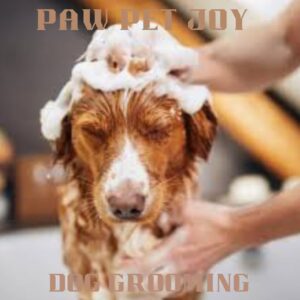
Practical Grooming Tips
Taking care of your dog goes beyond just giving them food and water. Regular grooming is an essential part of keeping your dog clean and healthy. Here are some practical grooming tips to help you maintain your dog’s hygiene and appearance.
- Start Early: Begin grooming your dog as a puppy to get them accustomed to the process. This makes grooming easier as they grow older.
- Be Gentle: Handle your dog gently and calmly during grooming sessions to create a positive experience.
- Use Treats: Reward your dog with treats and praise to reinforce good behavior during grooming.
- Know When to Seek Professional Help: If you’re unsure or uncomfortable with certain grooming tasks, don’t hesitate to seek help from a professional groomer.
- Regular Check-Ups: During grooming, check for any signs of health issues like lumps, bumps, or skin irritations, and consult your vet if you find anything unusual.
Frequently Asked Questions about Dog Grooming
Q1: How often should I groom my dog?
A1: The frequency of grooming depends on your dog’s breed, coat type, and lifestyle. Generally, dogs should be brushed weekly, bathed every 4-6 weeks, and have their nails trimmed every 3-4 weeks.
Q2: Can I use human shampoo on my dog?
A2: No, human shampoos are not suitable for dogs as they can disrupt the pH balance of your dog’s skin and cause irritation. Always use dog-specific shampoos.
Q3: What should I do if my dog hates grooming?
A3: Gradually accustom your dog to grooming by starting with short, positive sessions and rewarding them with treats and praise. Be patient and gentle to build a positive association with grooming.
Q4: How do I prevent my dog’s coat from matting?
A4: Regular brushing is key to preventing mats. Use appropriate brushes for your dog’s coat type and consider professional grooming for breeds with high-maintenance coats.
Q5: How can I make nail trimming less stressful for my dog?
A5: Introduce nail trimming gradually, handle your dog’s paws regularly to get them used to the sensation, and use treats and praise to create a positive experience. If necessary, seek help from a professional groomer or vet.
Key Points to Remember
- Regular grooming is essential for your dog’s health and comfort.
- Brush according to coat type to prevent mats and distribute natural oils.
- Bathing frequency should be balanced to avoid skin issues.
- Nail trimming and ear cleaning are vital for preventing health problems.
- Start grooming early to make it a positive experience for your dog.
Conclusion
Dog grooming is a vital part of responsible pet ownership. By maintaining a regular grooming routine, you can ensure your dog stays healthy, comfortable, and looking their best. Whether you choose to groom your dog at home or seek professional help, the key is to understand and meet your dog’s specific grooming needs. Happy grooming!
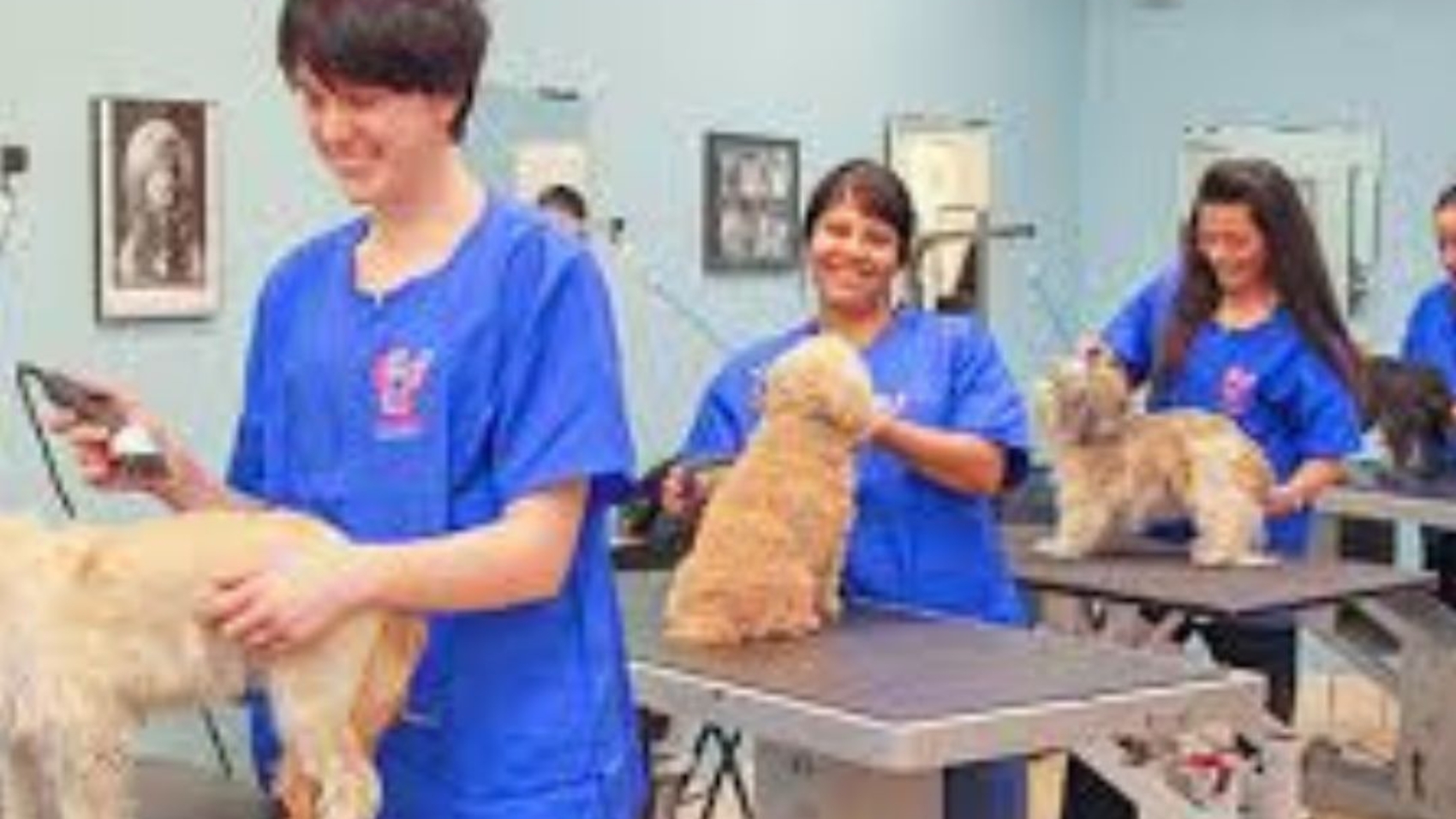
Leave A Comment